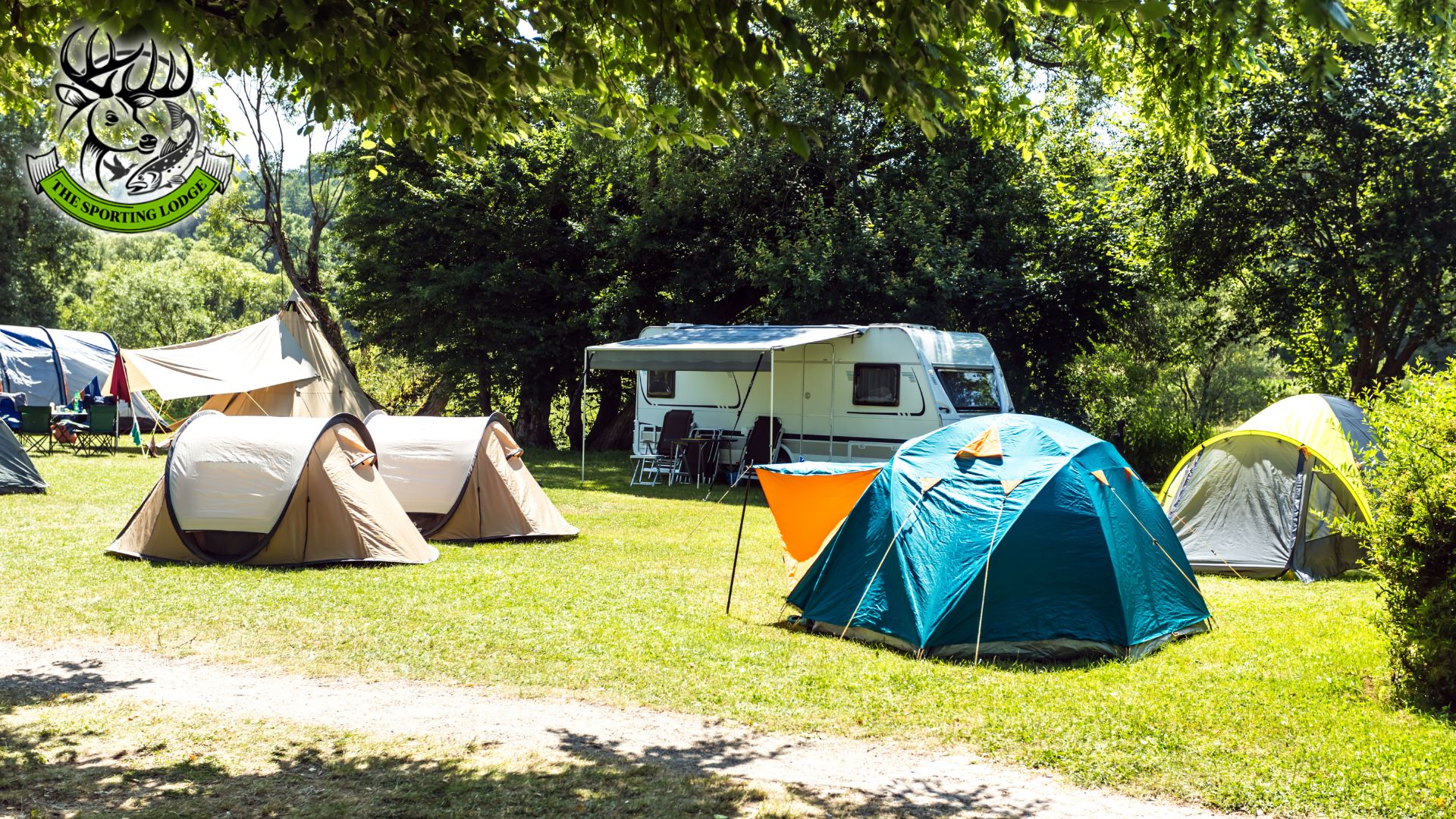Types of Camping Tents for Sale

Tents are at the core of any great basecamp and there are various options to consider when making your selection. Here is an overview of some of them:
Advanced tent designs feature upgraded pole materials and designs, thicker floor and rainfly fabrics, full-coverage vestibules for gear storage, as well as many other features you would find in higher-end tents.
Budget
Budget tents are an affordable way to experience camping or just visit occasionally in fair weather, making a budget tent the ideal option. Crafted from cheap materials and without many of the features that mid-range and premium camping tents have (such as vestibules that protect gear and keep you dry in stormy conditions), budget models provide enough shelter.
Kelty’s Wireless 6 is an ideal example of budget tents that balance function with value. At around $300, this tent boasts a full rainfly (unlike cheaper Coleman options which only cover the top), two vestibules (Coleman has just one), and an attractive floor design.
The North Face Wawona 6 tent is another budget option designed for active campers, featuring a massive vestibule perfect for mountain bikers, rock climbers, anglers and hunters to store their gear safely away from the elements. Plus it includes useful features like backup zipper pulls on each door and an insulated sleeping bag pocket!
Mid-Range
Tents in this price category typically costing upwards of $300 offer all of the livability and weather protection we expect from our home away from homes. For instance, MSR Habiscape 6 ditches tunnel-like construction to provide a spacious stand-height interior which easily accommodates standard sleeping pads elbow-to-elbow. Furthermore, its 10 storage pockets and Eureka Air Exchange system help distribute gear efficiently for increased livability.
Many tents use high-end fabrics and an rugged build to withstand storms and the elements. The MSR Limestone 4 and REI Co-op Wonderland X, for instance, both utilize 150D ripstop polyester coated in silicone or polyether urethane (PU), to protect from moisture, abrasion, mildew growth, UV rays and UV radiation.
Mountain Hardwear’s crossover Mineral King 3 tent utilizes lighter materials–68D polyester instead of tougher, heavier nylon–to reduce weight while remaining exceptionally durable, enabling this tent to excel both during backcountry hiking and backpacking as well as front country car camping.
High-End
As you progress to more expensive camping tents (around $350 and above for six-person models), you’ll discover designs intended to withstand harsher weather conditions. These premium camping tents typically use stronger pole materials like aluminum instead of fiberglass for their poles; feature improved seam sealing and fabrics designed to prevent moisture build-up; full coverage rainflies to ward off rain; as well as feature strong materials like reinforced stitching that makes these camping tents long-term investments.
These models typically utilize thicker polyester fabrics (which are thinner compared to ultralight backpacking standards) than thinner nylon materials, creating durable designs capable of withstanding harsh winds and humidity with ease.
As part of their design, many camping tents come with footprints – ground covers designed specifically to fit your tent – that help keep moisture, dirt and debris at bay and lengthen its life span. Additional premium features such as multiple mesh vents and windows to boost airflow; dual vestibules to store gear; as well as ample storage space throughout are all features available on some models.
Ultralight
As their name suggests, ultralight tents are designed for minimalist backpackers who prioritize space and weight. Reducing weight in areas such as the fly, inner, stakes and fly can make a dramatic difference when hiking with partners (two people generate more condensation).
Nylon tents are the classic ultralight tent material, known for their affordability, strength, and compact packed size. Thinner varieties, such as ripstop nylon or silnylon are also available; for serious ultralight backpacking expeditions however, consider investing in Dyneema tents such as Big Agnes Copper Spur HV UL2 or SlingFin Portal 2.
As opposed to trekking-pole shelters and floorless designs, most ultralight tents tend to be semi-freestanding (you guy them out in their corners). Look for designs with lightweight groundsheets that help keep moisture away from the foot of the tent.
